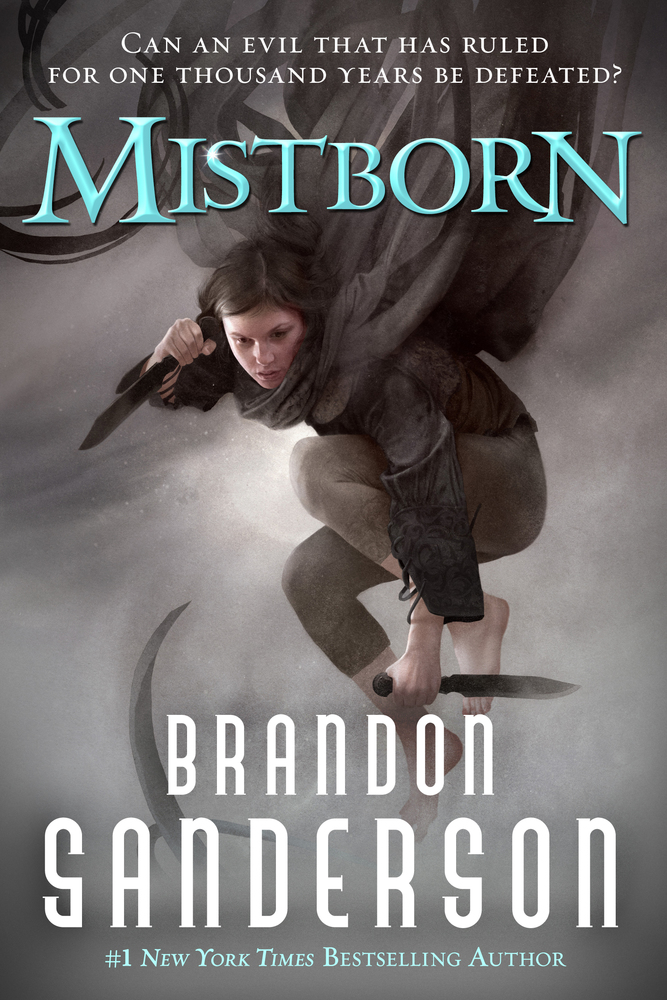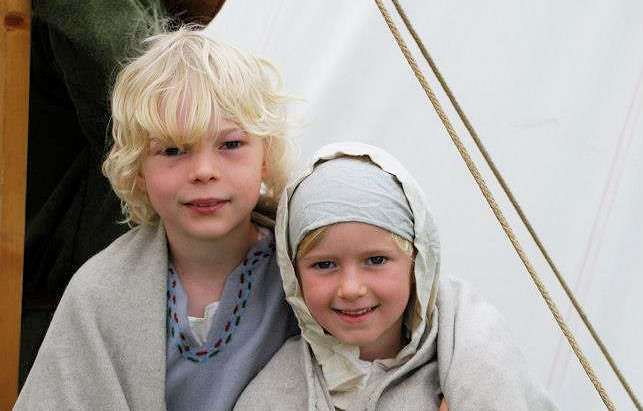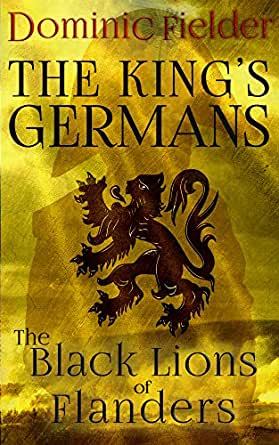
Low Fantasy: A Genre That Goes Beyond Magic and Dragons
Low fantasy is a subgenre of fantasy that focuses on grounded, realistic stories set in a fictional world that often lacks the grandeur and spectacle of traditional high fantasy. Despite this, low fantasy can still offer rich, thought-provoking tales that challenge our perceptions of the world.
The main characteristic that sets low fantasy apart from high fantasy is its minimal use of magic and mythical creatures. Instead, low fantasy is driven by human motivations, relationships, and the consequences of choices made by characters. The world itself is often a character in a low fantasy story, with a rich, detailed setting that is both believable and potentially fantastical.
 However, it is important to note that low fantasy does not necessarily have to be completely devoid of magic. The genre allows for a flexible approach to the use of magical elements, as long as they are secondary to the human-driven story and used sparingly without overpowering the main themes, devices, and other elements related to character and motivations.
However, it is important to note that low fantasy does not necessarily have to be completely devoid of magic. The genre allows for a flexible approach to the use of magical elements, as long as they are secondary to the human-driven story and used sparingly without overpowering the main themes, devices, and other elements related to character and motivations.
Alternatively, low fantasy stories can be entirely non-magical, and still fall within the genre. For example, a low fantasy story set in a fictitious medieval world could focus on the political struggles of rulers and their court, without any hint of magic. The world, its characters, and the events in the story might be based in reality, a world very much like our own, but which are simply fictional. Similarly, a low fantasy story set in a fantasy world could focus on the survival of a community in a harsh wilderness, and though fantastical on their own, exist without any magical intervention.
One notable non-magical, low fantasy authors is Guy Gavriel Kay, who is known for his lyrical writing style and his intricate world-building. Kay’s writing is characterized by its focus on human relationships and the complexities of power, rather than on magical elements. In his books, such as “Tigana,” “The Lions of Al-Rassan,” and “Sailing to Sarantium,” Kay explores themes of loss, regret, and the consequences of power.
intricate world-building. Kay’s writing is characterized by its focus on human relationships and the complexities of power, rather than on magical elements. In his books, such as “Tigana,” “The Lions of Al-Rassan,” and “Sailing to Sarantium,” Kay explores themes of loss, regret, and the consequences of power.
Other modern examples include “A Song of Ice and Fire” by George R.R. Martin, a very popular low fantasy series that explores political intrigue, social justice, and the consequences of power, without the use of magic (though it does have elements of the supernatural). In many ways, Martin’s series is an extension of Kay’s writing, offering a more modern take on low fantasy and its themes.
 Brandon Sanderson’s “Mistborn” series is another great example of low fantasy. This series is set in a world where magic is a fundamental part of society, but it is used sparingly and is secondary to the political and social struggles of the characters. Even the magic itself could be explained away by the world’s future generations in terms of science. In “Mistborn,” Sanderson explores themes of social justice, the consequences of power, and the struggle between good and evil. Despite the presence of magic, “Mistborn” is a low fantasy series because the use of magic does not overpower the human-driven story.
Brandon Sanderson’s “Mistborn” series is another great example of low fantasy. This series is set in a world where magic is a fundamental part of society, but it is used sparingly and is secondary to the political and social struggles of the characters. Even the magic itself could be explained away by the world’s future generations in terms of science. In “Mistborn,” Sanderson explores themes of social justice, the consequences of power, and the struggle between good and evil. Despite the presence of magic, “Mistborn” is a low fantasy series because the use of magic does not overpower the human-driven story.
Low fantasy also offers a different approach to storytelling, one that is less focused on magic and more focused on human struggles. This makes low fantasy accessible to a wider audience, including those who may not have an interest in traditional high fantasy. In addition, low fantasy often explores themes and ideas that are relevant to our own world, making it a powerful tool for social commentary.
Despite its popularity, low fantasy is still often overlooked and underappreciated. This is due in part to the fact that low fantasy is often confused with grimdark, a subgenre of fantasy that is characterized by its focus on violence, moral ambiguity, and bleakness. However, low fantasy and grimdark are not the same thing, and it is important to recognize the differences between them. Another reason it is often overlooked is the popularity of video games which tend to favor high fantasy and magical fantasy scenarios.
In conclusion, low fantasy is a versatile and inclusive genre that offers a refreshing alternative to traditional high fantasy. With its focus on human struggles and complex characters, low fantasy provides a platform for writers to explore a wide range of themes and ideas.




